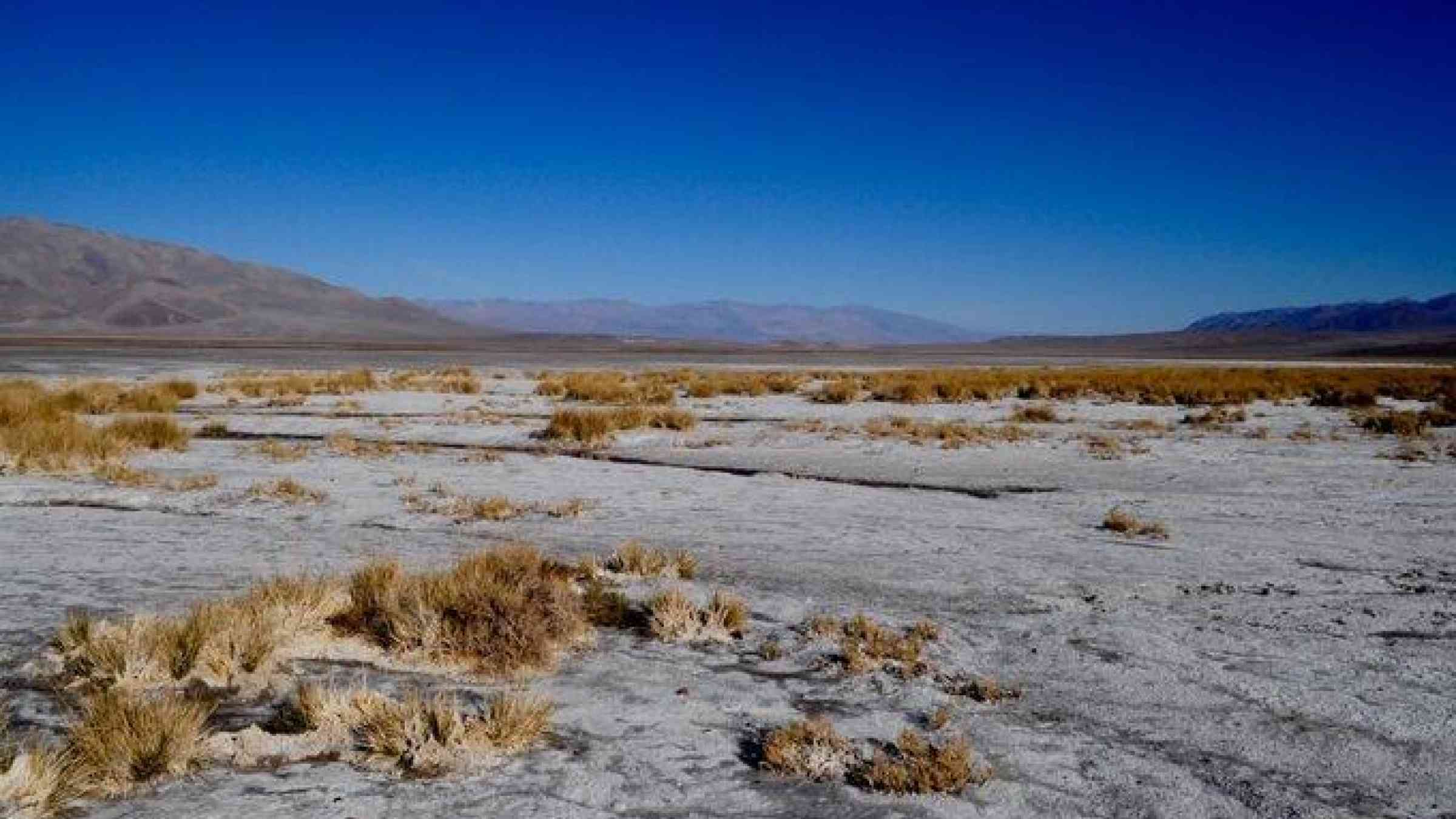
By Tim Radford
Take today’s heat, apply mathematical logic and consider a murderously hot future, 56°C by 2100, for hundreds of millions.
LONDON − Many millions of people − among them some of the world’s poorest − will be exposed to potentially lethal temperatures on a routine basis. At worst, the mercury could reach 56°C by 2100.
Even if the world keeps its most ambitious promise and contains global heating to no more than 1.5°C above the global average normal for most of human history, the future looks distinctly menacing.
And if the world doesn’t quite get there, and annual average temperatures − already 1°C above the historic norm − rise to 2°C, then vast numbers of people in South Asia will find themselves exposed to deadly conditions at least three times as often.
As the researchers make this sober warning in one journal, researchers on the same day in yet another journal make a simple prediction about the cost of ignoring such warnings altogether, to go on burning ever more fossil fuels and destroying ever more tracts of the natural world.
If this happens, then people in the Middle East and North Africa will be hit by a new category of thermal menace: the arrival of super-extreme and ultra-extreme heatwaves.
Target far exceeded
Which means that by the end of this century, more than half a billion people could be exposed to temperatures as high as 56°C, not just for days, but for weeks. The hottest temperature so far ever recorded on Earth was 54°C, in Death Valley, California in 2020.
In 2015, almost all of the world’s nations met in Paris and vowed to contain global heating by the century’s end to “well below” a maximum of 2°C. In fact, the less explicit intention was to contain the mercury’s rise to no higher than 1.5°C.
So much for the vow: the latest evidence is that, on the basis of the national declared intentions so far, global temperatures will rise far higher than the 2°C target. And summer − defined as the hottest 25% of the year − could by the century’s end last almost six months.
A new computational study in Geophysical Research Letters warns that the 1.5°C target could be passed by 2040, in just two decades. And with higher average temperatures over longer periods, there will inevitably be higher than average extremes of temperature, more often, for longer periods, and over wider ranges.
“The need for adaptation over South Asia is today, not in the future. It’s not a choice any more.”
The outcome could be devastating for the countries of South Asia − India and Pakistan, Sri Lanka, Bangladesh and Burma among them − as the thermometer rises and the humidity increases. Researchers have warned for years that at a certain level of heat and humidity − meteorologists call it the “wet bulb” temperature − humans cannot labour productively.
That level is 32°C. At a wet bulb temperature of 35°C, humans cannot expect to survive for long. Some parts of the region have already felt such temperatures with a global average rise of just over 1°C: in 2015, at least 3500 people in Pakistan and India died from causes directly related to extreme heat.
At 1.5°C the consequences could be significantly worse, and at 2°C, the scientists say, the hazard will have been amplified by a factor of 2.7: almost threefold. South Asia could later this century be home to more than two billion people: of the working population, 60% are now engaged in agricultural labour out of doors, and many millions live in crowded cities and in severe poverty. The region should prepare itself for a dangerously hot future.
“The future looks bad for South Asia,” said Moetasim Ashfaq, of the US Oak Ridge National Laboratory, one of the authors, “but the worst can be avoided by containing warming to as low as possible. The need for adaptation over South Asia is today, not in the future. It’s not a choice any more.”
That heat extremes are potentially lethal, that the people of South Asia are potentially at risk, and that an enormous proportion of the planet’s population will be exposed to dangerously high temperatures is not in dispute: the questions now are about the degree of danger, and its extent.
Ultra-extreme heat
Once again, the statisticians have been at work, and the answer in the journal Climate and Atmospheric Science is: it will be much worse, over a vaster region and for a very large number of people in the Middle East and North Africa.
Their calculations suggest that temperatures could reach as high as 56°C, and even more than 60° C in sweltering cities. Such heat extremes could endure for weeks.
So within the lifetimes of those alive today, about half the region’s population − that is, about 600 million people − could face extreme temperatures of around 56°C by 2100 every summer.
The researchers put their message with unusual forthrightness in the headline: “Business-as-usual will lead to super- and ultra-extreme heatwaves in the Middle East and North Africa.”